Little Mynthurst Farm: A rare mid-20th-century garden designed by Russell Page
George Plumptre enjoys the grounds of a Tudor farmhouse that was the former home of Lord Baden-Powell. Photographs by Clive Nichols.
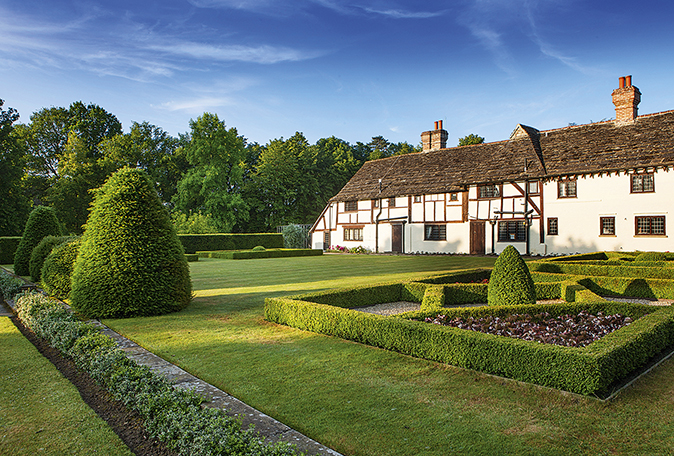

The most celebrated occupant of Little Mynthurst Farm, Surrey, was Lord Baden-Powell, founder of the Scout movement. He moved there during the First World War and, although his only record of the place appears to have been a charming watercolour showing a typically Edwardian family garden scene, his wife, Olave, described their arrival in her memoir, Window On My Heart. ‘We looked at a number of properties during the next few months and eventually settled on Little Mynthurst Farm near Horley, a dear quaint fifteenth-century place… We took it on a short lease and moved there in September of 1917 - with three children, the staff, three dogs, two doves, pigeons, rabbits, ducks, chickens and goldfish!’
Without doubt, the most distinguished contribution to the garden, elevating it from the rambling setting for the old house that had evolved over centuries, came 60 years later in 1976, when the garden designer Russell Page was commissioned by the then owners, Mr and Mrs Stone. There have been alterations to Page’s designs and plantings in the ensuring years, but his contribution pulled the 12-acre garden together with a structure that flowed around the house and gave it the character of a mid-20th-century English country garden, examples of which are relatively scarce in his oeuvre.
Page has usually been regarded as the most elegant of mid-20th-century English garden designers, largely because his reputation was built on his work for a chic international clientele - especially in France - and on his admired memoir, The Education of a Gardener. However, as the title suggests, he considered himself a gardener first and designer second - he would always join in the actual planting in the gardens that he designed - and this is perhaps most obvious in his English gardens.
His most significant addition to the garden at Little Mynthurst was a walled garden to the west of the house that was built from scratch and which he designed and planted.

Much of his work remains here (with alterations to the planting detail). Its features include a generously deep, double herbaceous border on either side of the main path that leads in from the iron gateway opposite the house and a pattern of square beds planted with a variety of roses and, in particular, an immaculate group of hornbeams, clipped into distinctive cones.
Like the work of all good designers, many of Page’s special touches in the walled garden are not immediately obvious, such as the delightful shaded walk in one corner, where shrubs, including philadelphus and deutzias, spread over both sides of the path beneath rows of crab apples. His discerning plantsmanship is demonstrated by a luxuriantly large specimen of the superb midsummer-flowering clematis, C. x triternata Rubromarginata. Planted against the wall to one side of the iron gateway, it now covers both sides of the wall with its distinctive purple-edged, small, star-shaped flowers.
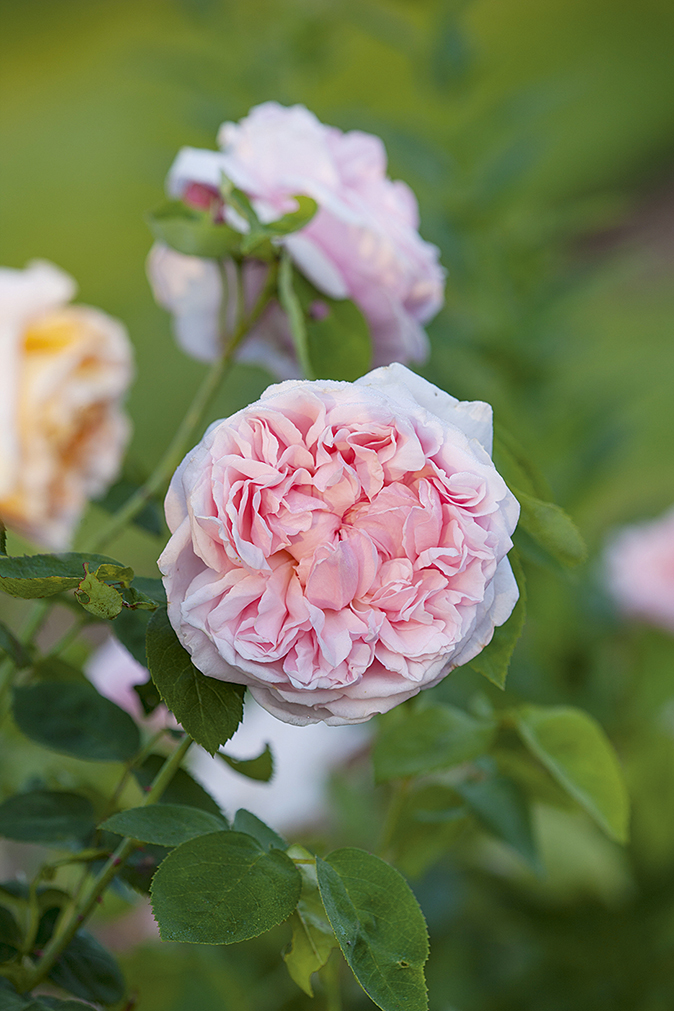
On the other side of the house, Page used the long, low façade of the building to plan his most characteristic addition to the garden: a smart formal area in the foreground with a spacious view stretching away across sloping lawn to a lake, shaded by an ancient oak tree. The formal area was originally a rose garden; more recently, it has been simplified into an elegant parterre - still framed by Page’s original yew hedges - but with two squares of simple box patterns on either side of immaculate lawn.
Sign up for the Country Life Newsletter
Exquisite houses, the beauty of Nature, and how to get the most from your life, straight to your inbox.
On the sloping grass beyond and around the lake, a selection of now maturing ornamental trees were almost certainly suggested by Page, including a fine Pterocarpus as well as Liquidambar, Nothofagus, a pair of Metasequoias and the unusual golden-leaved fastigiate beech, Fagus sylvatica Dawyck Gold.
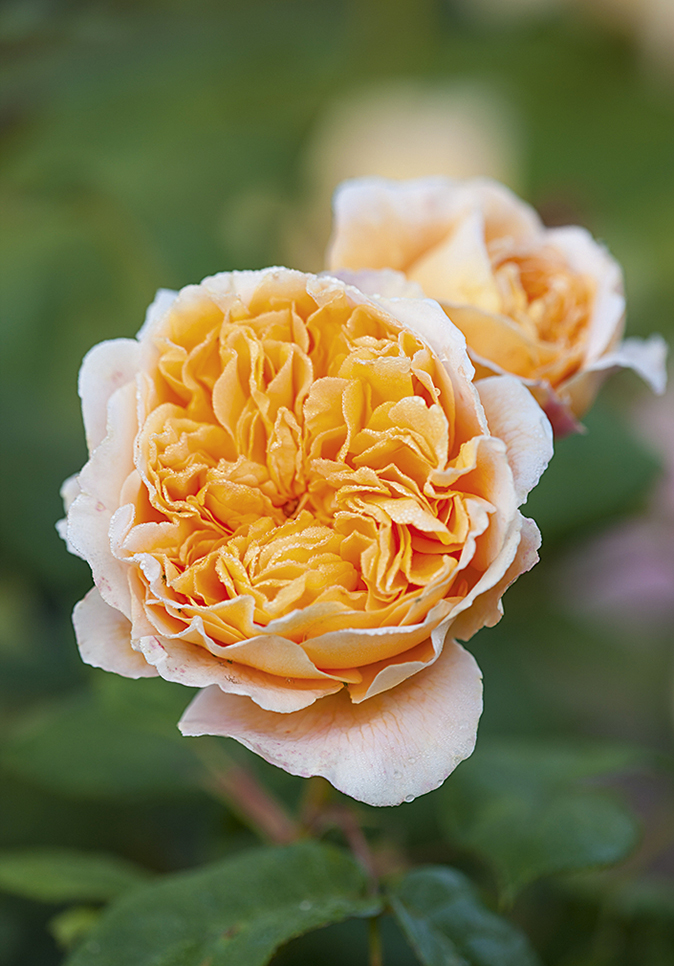
The iron gateway at this end of the terrace leads into the walled kitchen garden, which has recently been cleverly redesigned to create a series of square and triangular beds carefully planned to give easy access and to be filled with a single crop. The immaculate beds are filled with a variety that includes potatoes, beans, artichokes and salads and the rows of soft fruit confirm how rewarding a well-designed garden for fruit and vegetables can be, especially when the network of paths allows you to get in among the pattern of beds.
As well as the mouthwatering beds of produce and others filled with annuals for cutting, the kitchen garden has the luxury of an impressive variety of glasshouses, with contents that are both tender and exotic. At one end, a new building is divided into five areas kept at different temperatures for tomatoes, vines, peaches, nectarines and apricots and orchids.
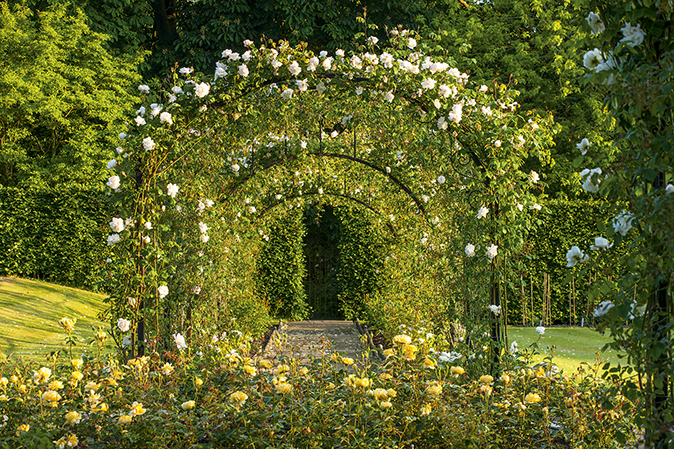
Elsewhere, the hothouse has most of the real exotica, in particular, Stephanotis jasminoides, the luxuriant Madagascar jasmine, which is trained up one wall and twined along the roof beams.
Mark Dobell, head gardener at Little Mynthurst for nearly 25 years, confirmed that, since Page’s time, changing ownership had occasionally led to ups and downs in the garden’s fortunes, but, since the present owner took over in 2011, there has been visible rejuvenation. In some cases, there has been replanting, as in the long Rose Walk, where alternating Adélaïde d’Orléans and Madame Alfred Carrière trained over metal arches are underplanted with David Austin shrub roses.
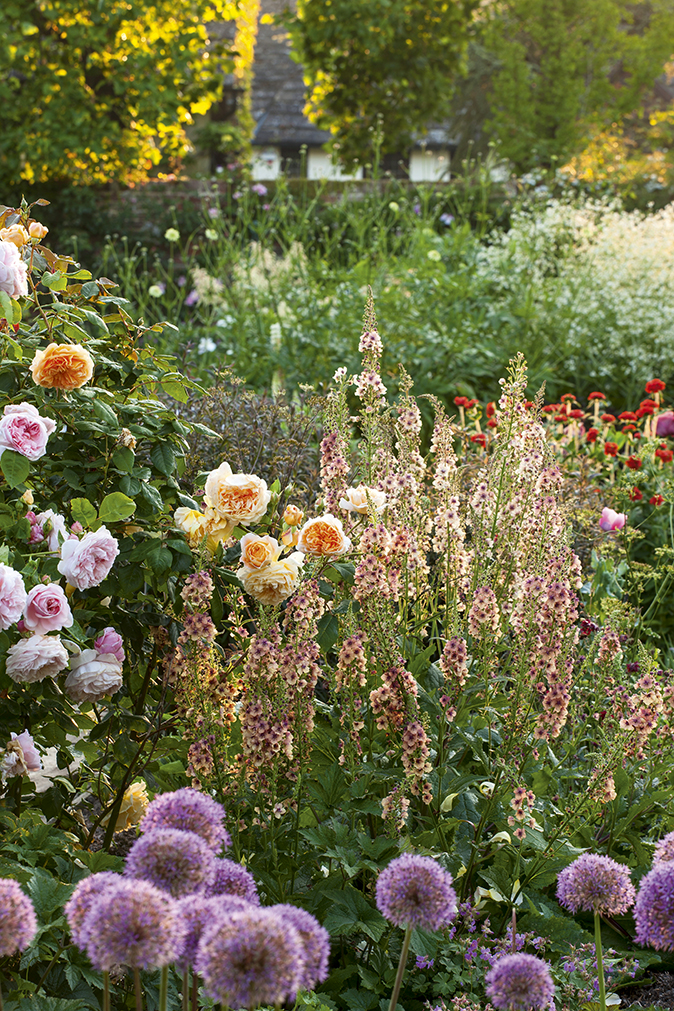
The Rose Walk leads to the gate out to the Secret Garden, a peaceful dell with banks of deciduous azaleas and hostas with pools of sunlight between the shade cast by mature trees.
Most prominent, however, has been the addition of some impressive formal bedding, in particular, the single-colour displays of petunias and fibrous-rooted begonias beneath the pergola, along the main house terrace and in the parterre. Another new display - my favourite - was a long L-shaped bed in front of one glasshouse, planted with specimen dahlias in a coordinated pattern: 50 plants in all, meticulously repeating the same pattern from each end to the middle.
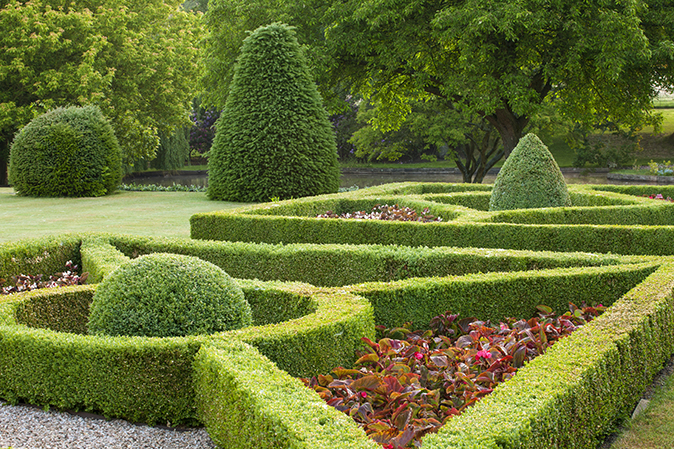
For someone with a reputation for restrained smartness, it is perhaps surprising that Page was an enthusiast for carefully chosen summer bedding. In The Education of a Gardener, he wrote of his own imaginary garden, in beds planted in spring with tulips, forget-me-nots and bachelor’s buttons: ‘In summer I shall plant these beds with thick patches of half-hardy annuals.’ One feels that, today, he would look fondly over the garden on which he had worked 40 years ago and applaud the way in which its new ebullience has enhanced, not obscured, the long-established rural peace that so attracted the Baden-Powells a century ago.
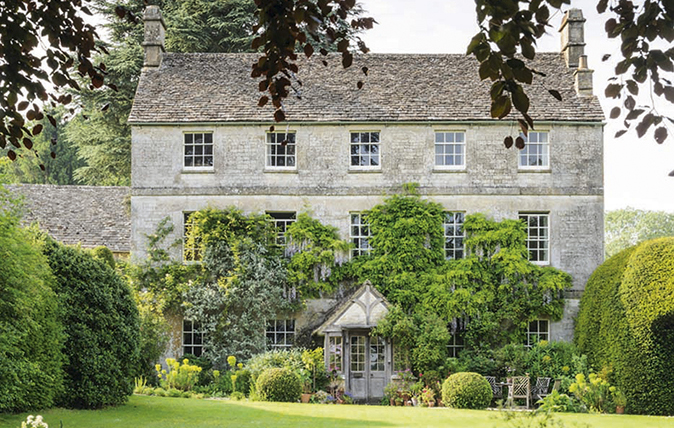
Garden designer Mary Keen’s Cotswold home goes on the market
A gardener’s garden.
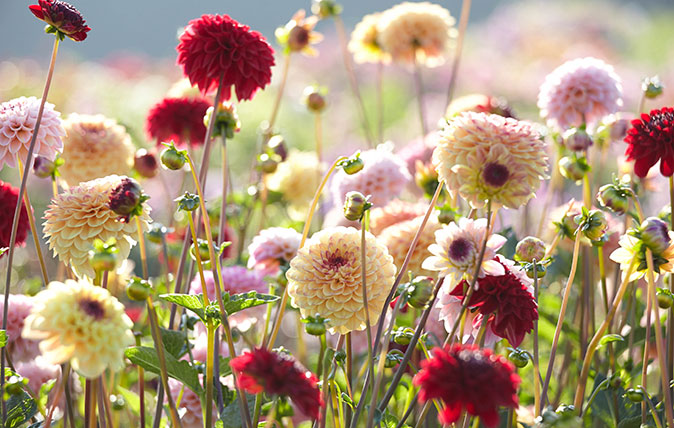
Dahlias, the 'miracles of complexity' that we've learned to love and cherish
Charles Quest-Ritson talks about dahlias, once so unloved, and how they enjoying a surge of popularity.
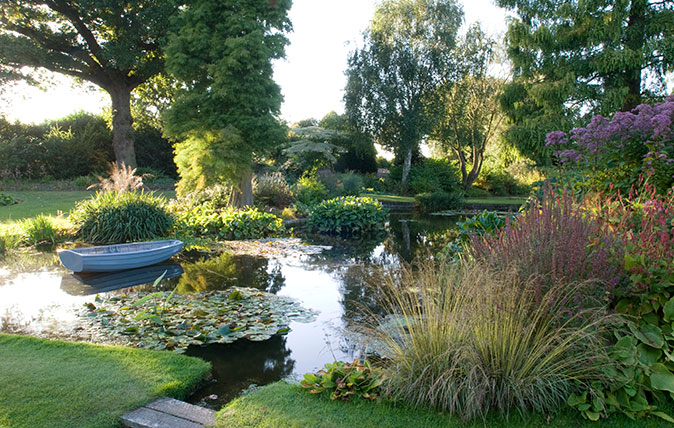
Alan Titchmarsh: How to keep a perfect pond
Alan Titchmarsh says that now is the time to clear out the weeds and keep your pond in top condition
Country Life is unlike any other magazine: the only glossy weekly on the newsstand and the only magazine that has been guest-edited by HRH The King not once, but twice. It is a celebration of modern rural life and all its diverse joys and pleasures — that was first published in Queen Victoria's Diamond Jubilee year. Our eclectic mixture of witty and informative content — from the most up-to-date property news and commentary and a coveted glimpse inside some of the UK's best houses and gardens, to gardening, the arts and interior design, written by experts in their field — still cannot be found in print or online, anywhere else.
-
 The Business Class product that spawned a generation of knock-offs: What it’s like to fly in Qatar Airways’ Qsuite cabin
The Business Class product that spawned a generation of knock-offs: What it’s like to fly in Qatar Airways’ Qsuite cabinQatar Airways’ Qsuite cabin has been setting the standard for Business Class travel since it was introduced in 2017.
By Rosie Paterson
-
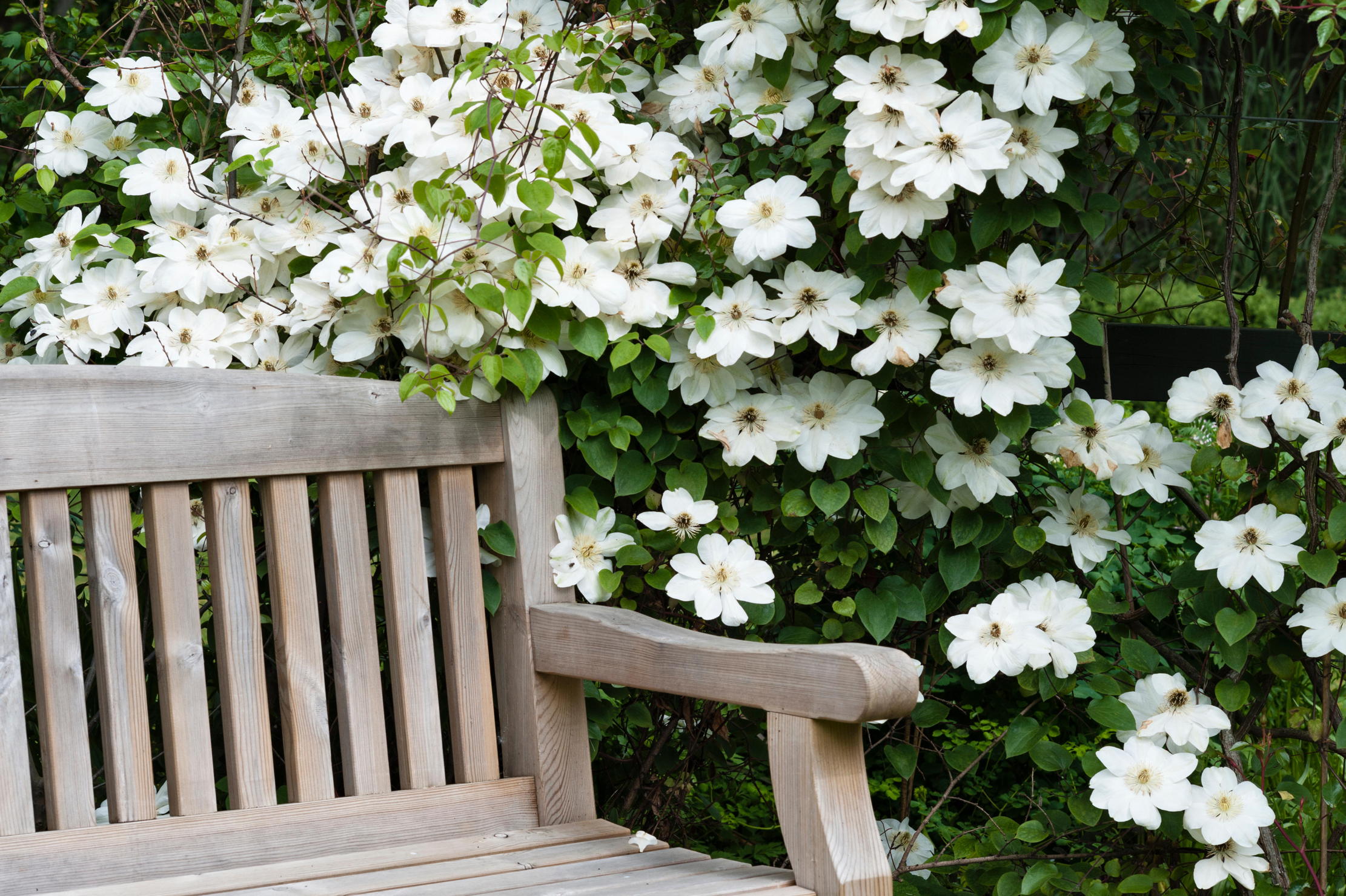 Six of the best Clematis montanas that every garden needs
Six of the best Clematis montanas that every garden needsClematis montana is easy to grow and look after, and is considered by some to be 'the most graceful and floriferous of all'.
By Charles Quest-Ritson
-
 Six of the best Clematis montanas that every garden needs
Six of the best Clematis montanas that every garden needsClematis montana is easy to grow and look after, and is considered by some to be 'the most graceful and floriferous of all'.
By Charles Quest-Ritson
-
 The man who trekked Bhutan, Mongolia, Japan, Tasmania and New Zealand to bring the world's greatest magnolias back to Kent
The man who trekked Bhutan, Mongolia, Japan, Tasmania and New Zealand to bring the world's greatest magnolias back to KentMagnolias don't get any more magnificent than the examples in the garden at White House Farm in Kent, home of Maurice Foster. Many of them were collected as seed in the wild — and they are only one aspect of his enthralling garden.
By Charles Quest-Ritson
-
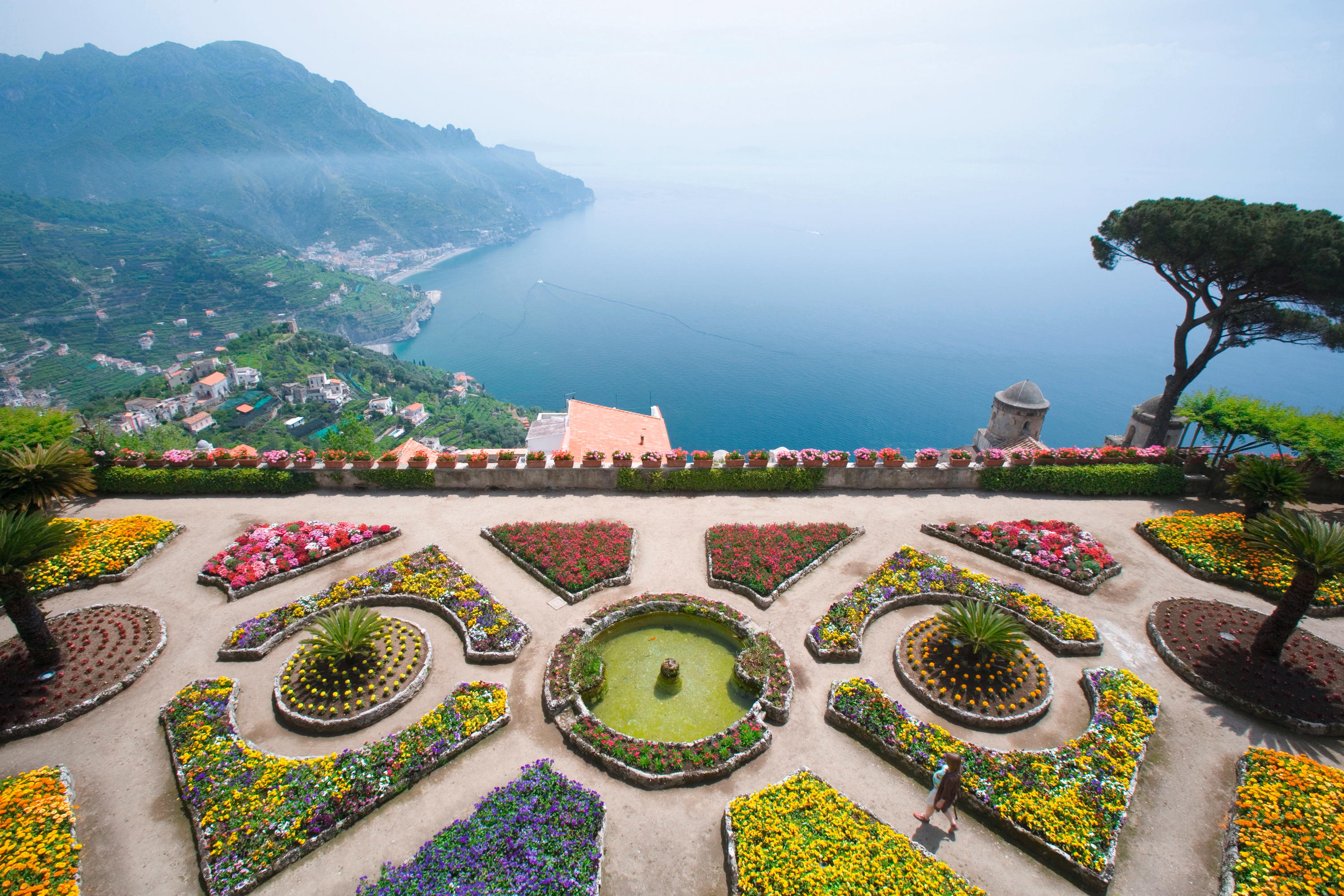 The 'breathtakingly magnificent' English country gardens laid out on the Amalfi Coast, and the story of how they got there
The 'breathtakingly magnificent' English country gardens laid out on the Amalfi Coast, and the story of how they got thereKirsty Fergusson follows the Grand Tour to Campania in Italy, where the English combined their knowledge and love of plants with the rugged landscape to create gardens of extraordinary beauty.
By Kirsty Fergusson
-
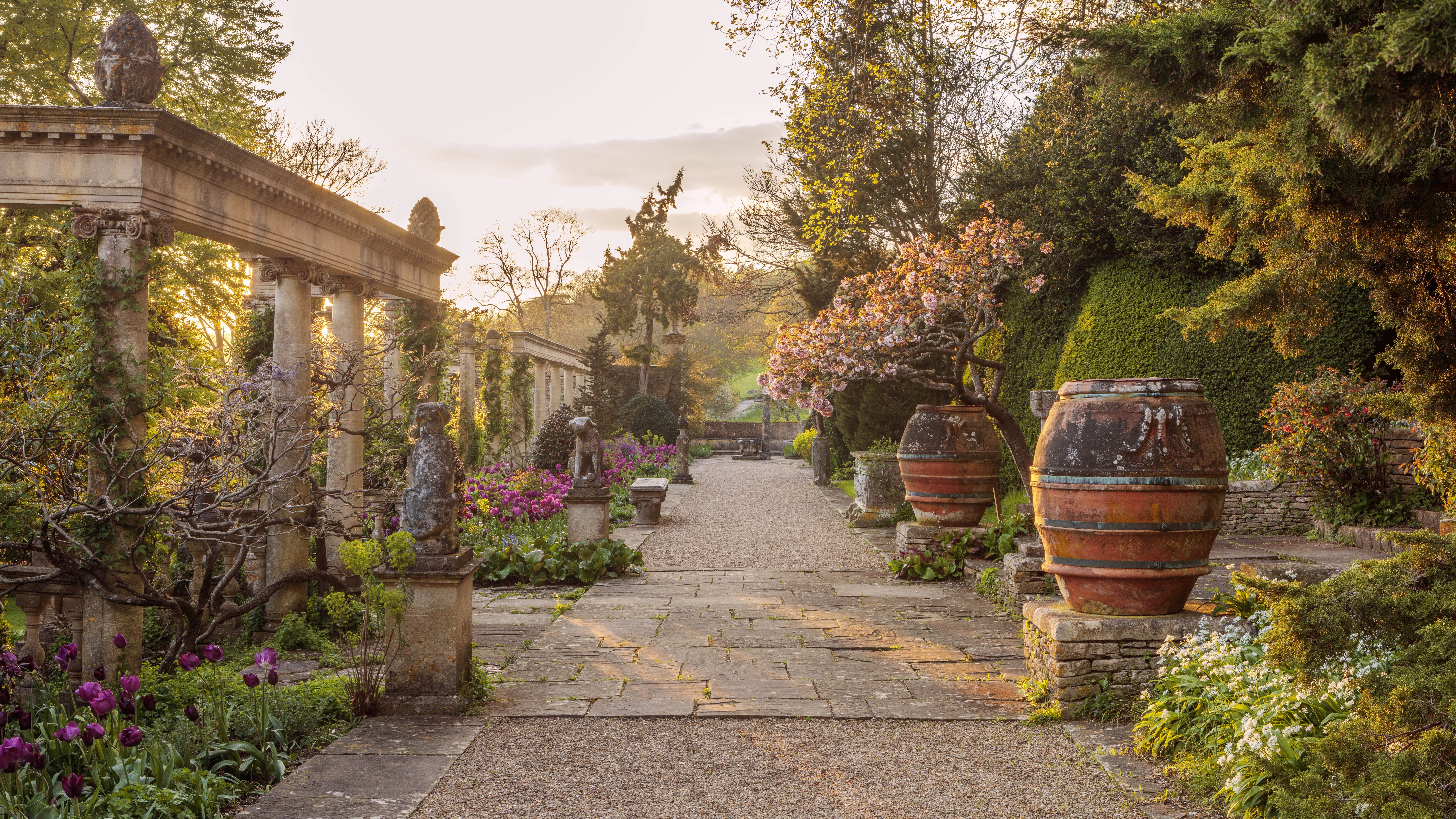 Have your say in the Historic Houses Garden of the Year Awards 2025
Have your say in the Historic Houses Garden of the Year Awards 2025By Annunciata Elwes
-
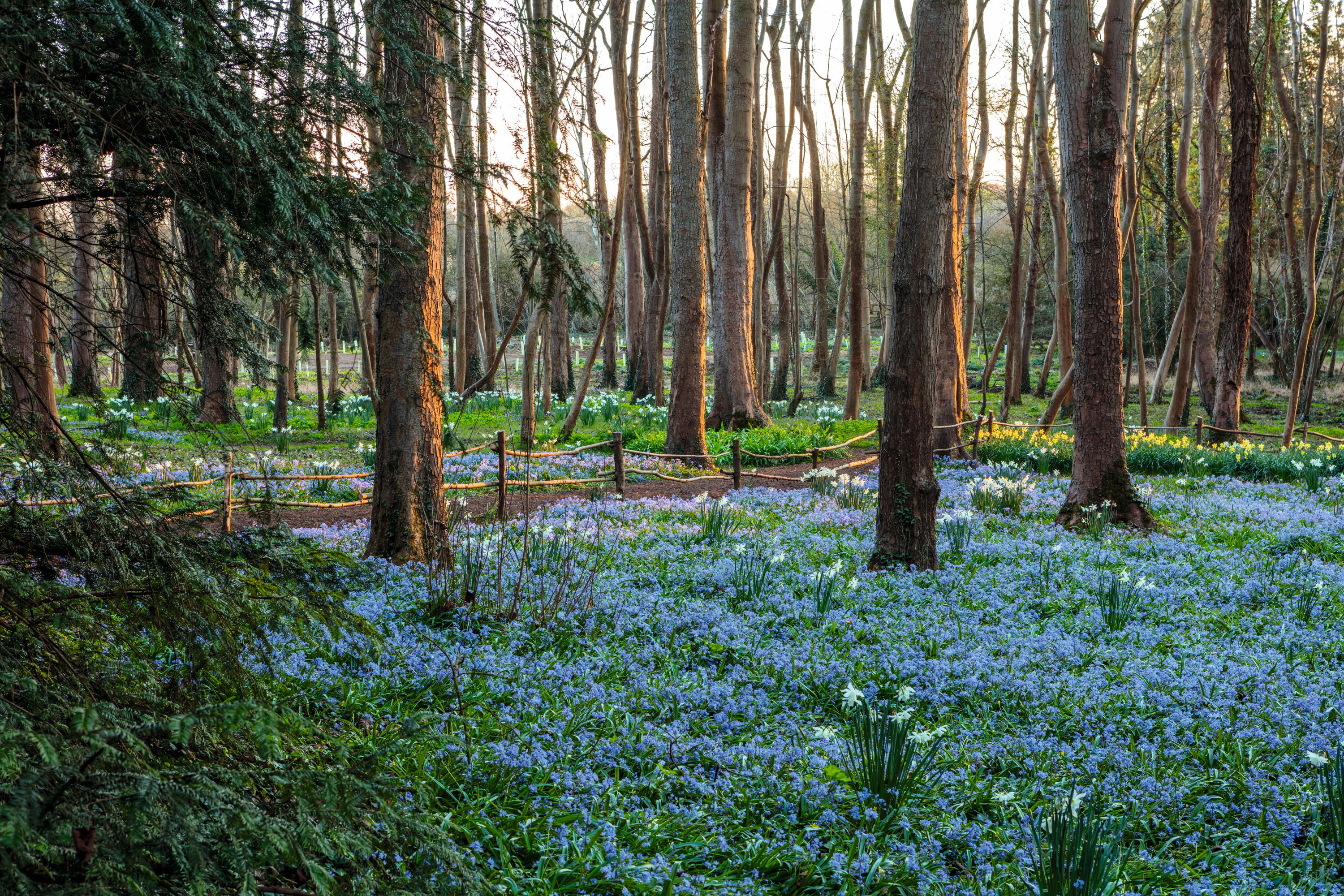 Evenley Wood Garden: 'I didn't know a daffodil from a daisy! But being middle-aged, ignorant and obstinate, I persisted'
Evenley Wood Garden: 'I didn't know a daffodil from a daisy! But being middle-aged, ignorant and obstinate, I persisted'When Nicola Taylor took on her plantsman father’s flower-filled woodland, she knew more about horses than trees, but, as Tiffany Daneff discovers, that hasn’t stopped her from making a great success of the garden. Photographs by Clive Nichols.
By Tiffany Daneff
-
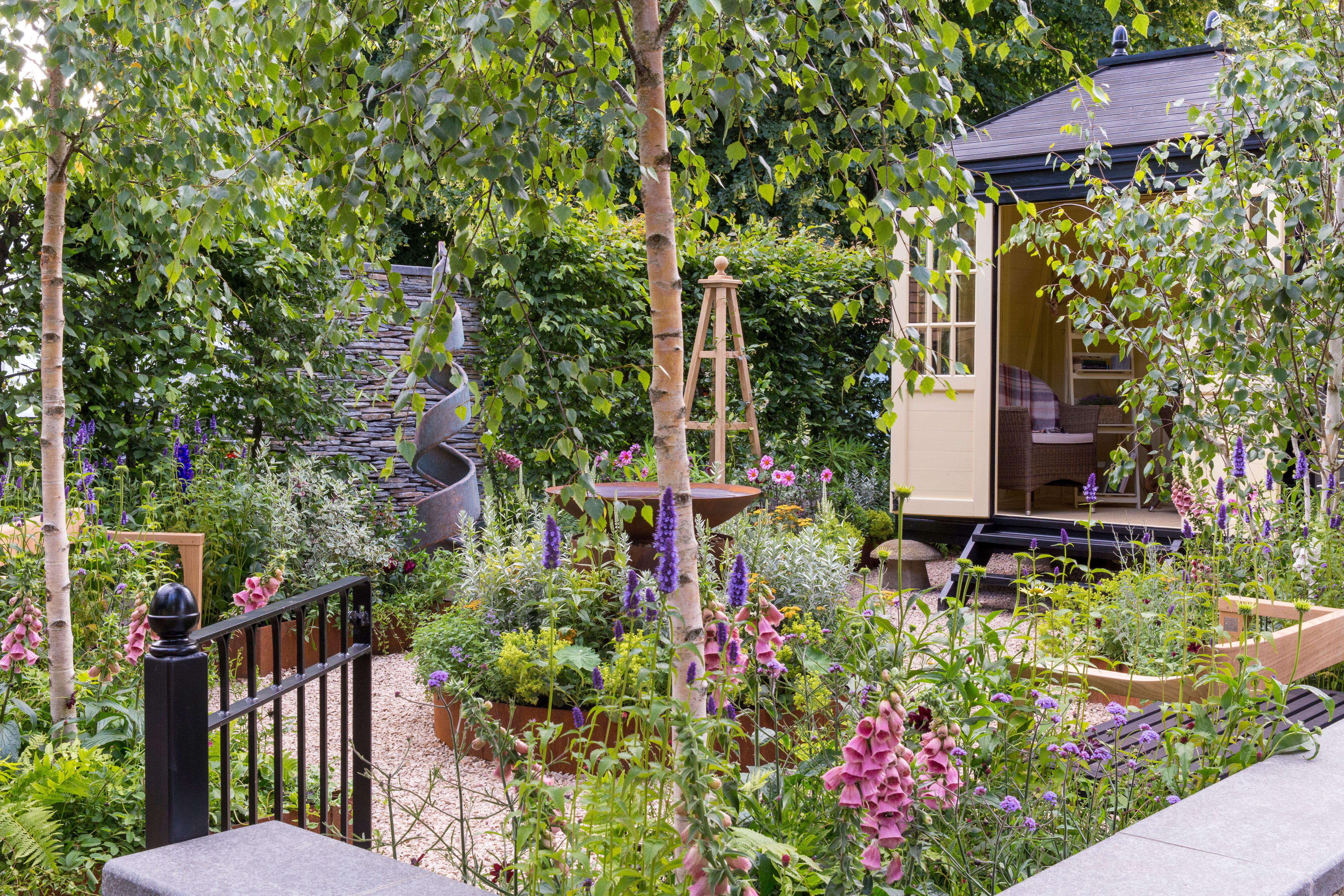 An expert guide to growing plants from seed
An expert guide to growing plants from seedAll you need to grow your own plants from seed is a pot, some compost, water and a sheltered place.
By John Hoyland
-
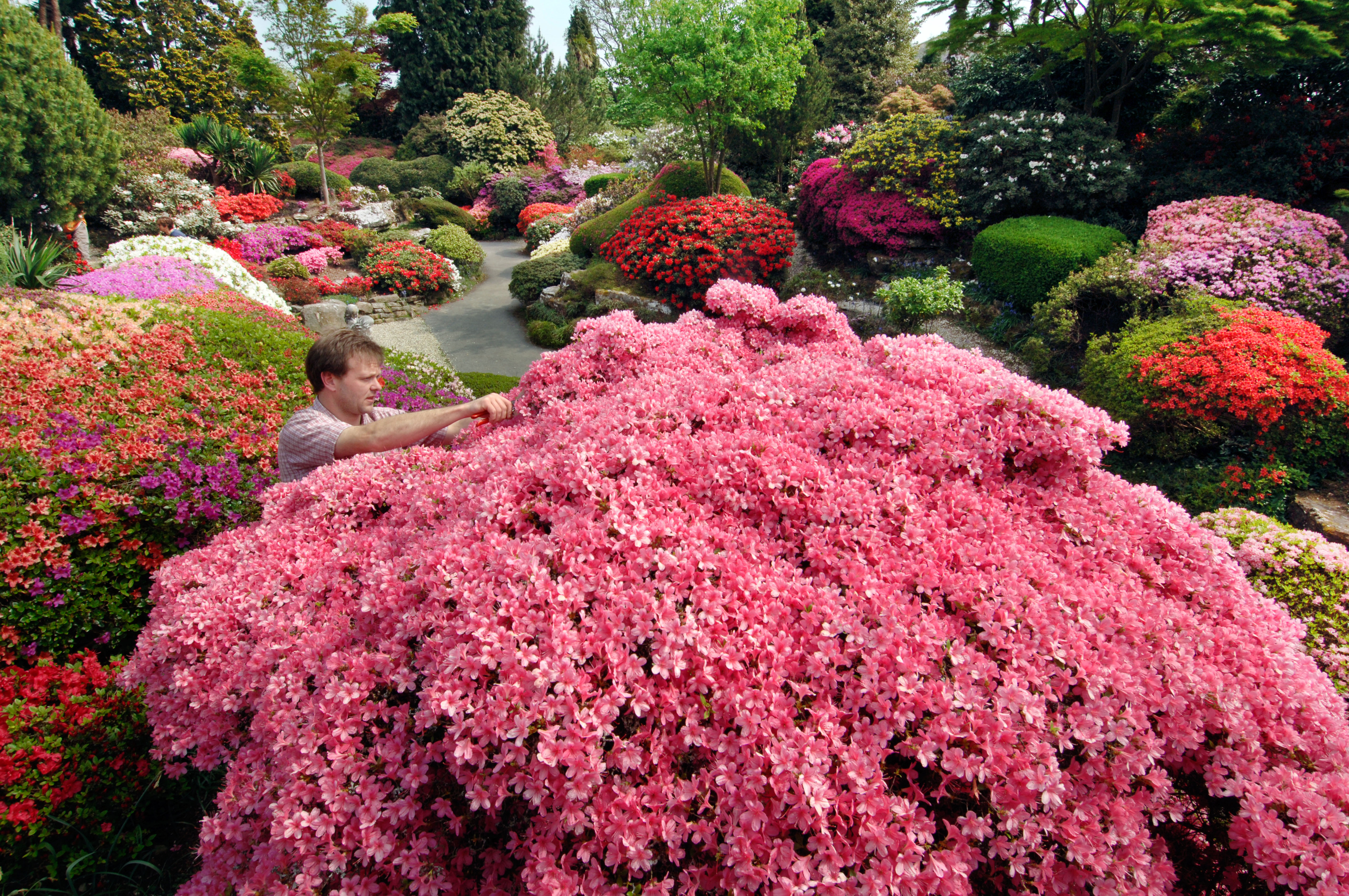 The best rhododendron and azalea gardens in Britain
The best rhododendron and azalea gardens in BritainIt's the time of year when rhododendrons, azaleas, magnolias and many more spring favourites are starting to light up the gardens of the nation. Here are the best places to go to enjoy them at their finest.
By Amie Elizabeth White
-
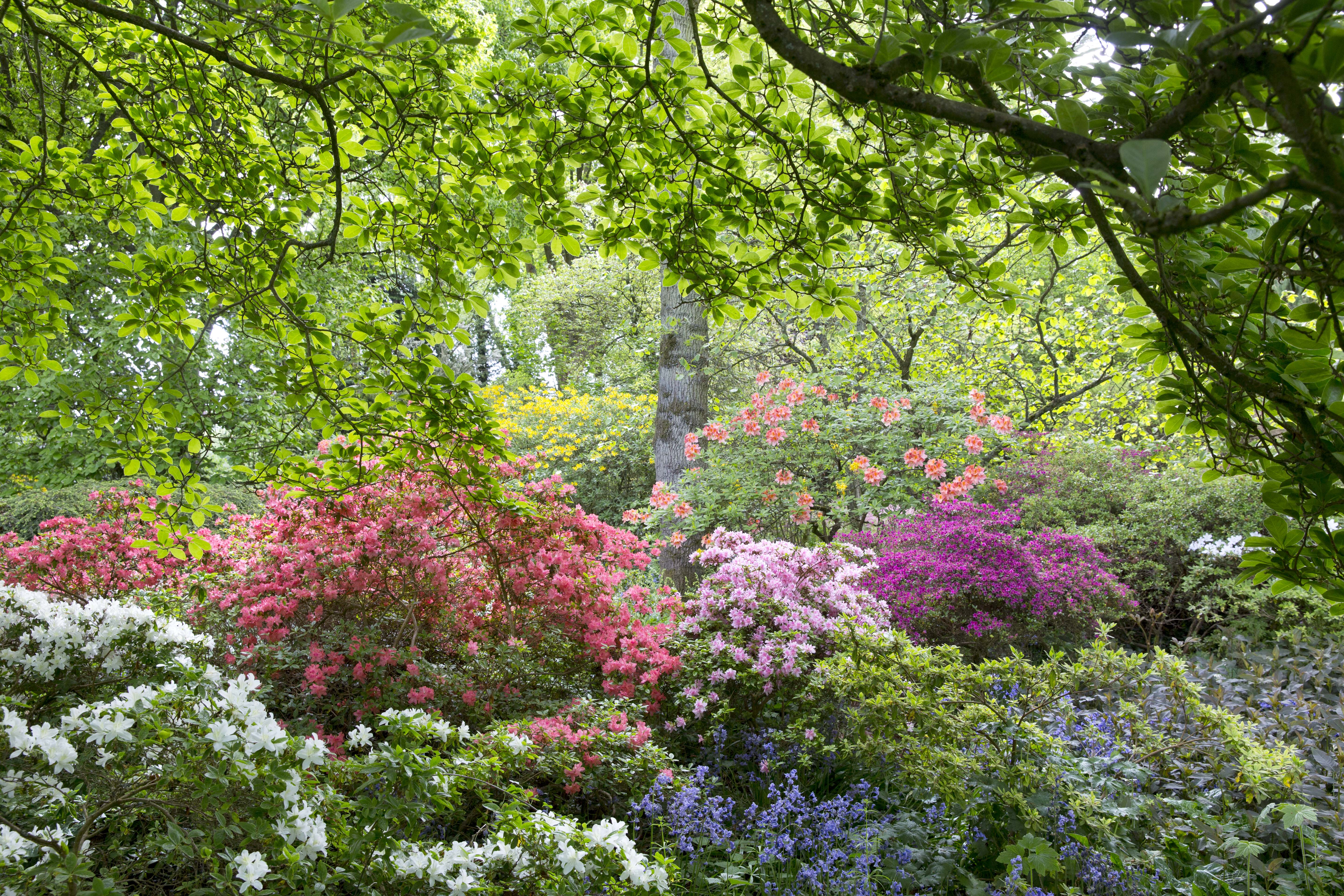 Great Comp: The blissful garden flooded with rhododendrons and azaleas that's just beyond the M25
Great Comp: The blissful garden flooded with rhododendrons and azaleas that's just beyond the M25Each spring, Great Comp Garden — just outside the M25, near Sevenoaks — erupts into bloom, with swathes of magnolias, azaleas and rhododendrons. Charles Quest-Ritson looks at what has become one of the finest gardens to visit in Kent.
By Charles Quest-Ritson